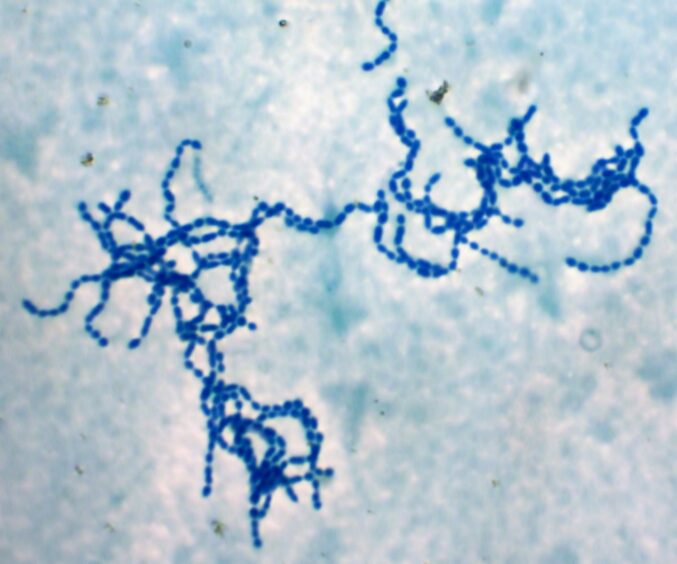Sometimes called the “flesh-eating disease,” necrotising fasciitis can be fatal if left untreated and undetected.
It’s a rare – but serious – bacterial infection, which affects the tissue beneath the skin and surrounding muscles and organs.
The disease often requires life-saving surgery, where amputation might be necessary.
It also has a “relatively high” number of cases in Aberdeen, according to a 10-year study of north-east patients from 2019.
Between August 2006 and February 2016, 36 patients were admitted to Aberdeen Royal Infirmary with the infection.
Of them, six died from their condition.
A total of 82 medical procedures were carried out including six amputations or disarticulations – where a body part is removed at a joint.
But what is necrotising fasciitis, and how do you get it?
Despite the name, the bacteria do not “eat” the flesh. Instead, they release toxins that damage the neighbouring tissue.
It can start from something relatively minor, like a small cut, but gets worse rapidly.
Several types of bacteria can cause the infection.
According to the NHS these bacteria live in your gut, throat and skin and usually don’t cause any serious problems.
But when the bacteria does, it’s because it found its way into deep tissue in your body.
This could be through the bloodstream or an injury, such as a cut, or scratch, insect bites, or a puncture wound caused by injecting drugs or surgical wounds.
What are the symptoms?
Because of the nature of necrotising fasciitis, the symptoms can develop quickly over a few days or even a matter of hours.
Early signs include:
- High temperature or other flu-like symptoms
- Small and painful scratch on the skin
- Intense pain that’s out of proportion to any damage done to the skin.
Over the course of a few hours to a couple of days, these symptoms can worsen and become life-threatening:
- Swelling and redness in the painful area, where it feels firm to the touch
- Diarrhoea and vomiting
- Dark blotches on the skin that turn into fluid-filled blisters
How do you treat necrotising fasciitis?
The infection must be treated in hospital and often requires surgery to remove the tissue.
This can also result in amputation since all infected tissue must be removed.
Around 500 cases are discovered in the UK each year but, even with treatment, it’s estimated that as many as 40% end in death.
Those who recover can be left with a long-term disability as a result of amputation or the removal of a lot of infected tissue.
They may also need further surgery to improve the appearance of the affected area and ongoing rehabilitation support.
The 2019 study, published by the Royal College of Surgeons, concluded: “Even with the multidisciplinary approach and prompt clinical diagnosis and treatment, necrotising fasciitis carries significant mortality.”
More health news…
Monkeypox vaccination: Who’s being offered the jab in Scotland?
I’ve been bitten by a tick – what do I do?
What is SPF and how can I stay safe while enjoying the sunshine?


Conversation